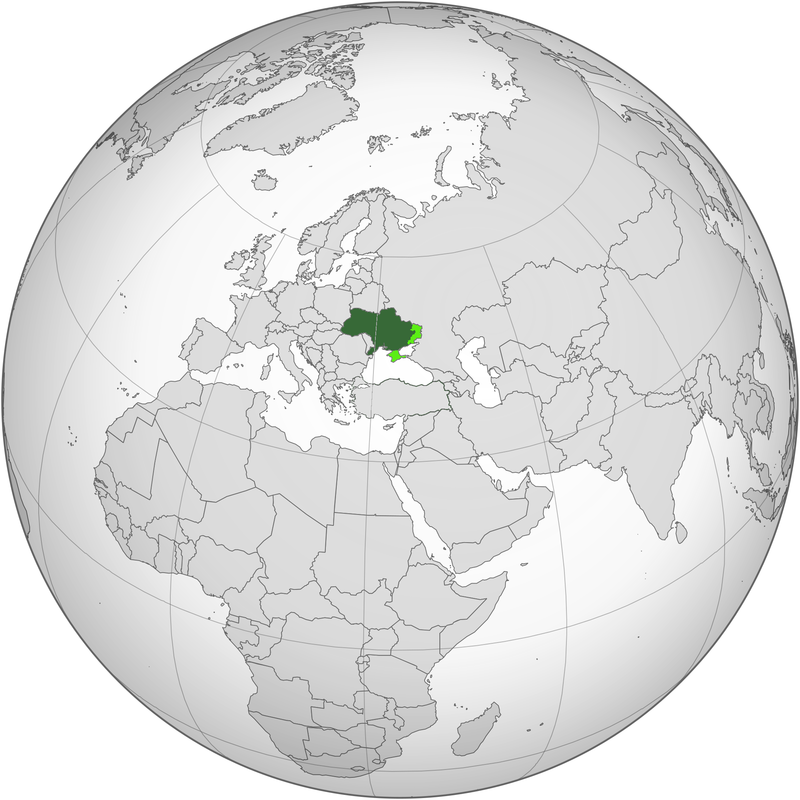Ukraine_(orthographic_projection).png

Part 1 of 3 Parts
Chernobyl was a nuclear power plant in north Ukraine near the border with Belarus constructed when Ukraine was part of the Soviet Union. In April of 1986 during a safety test on the steam turbine for Reactor 4, the power level suddenly dropped, and the reactor became unstable. The operators continued the test and then shut down the reactor. Due to a combination of operator incompetence and critical design flaws, instead of shutting down properly, the reactor went into an uncontrolled nuclear chain reaction and exploded. The core melted down and more explosions followed. For nine days, a huge amount of airborne radioactive contamination was released onto nearby Soviet states and Western Europe.
The Chernobyl Exclusion Zone (CEZ) was created around the plant with a diameter of about 20 miles and a total area around one thousand square miles. Approximately one hundred and twenty thousand people were evacuated. Dangerous levels of radiation still remain around Chernobyl in the CEZ.
A week ago at the start of their invasion, Russian troops engaged Ukrainian troop at Chernobyl. After a brief, intense battle, the Russians routed the Ukrainian forces and took control of Chernobyl. Many people wondered why the Russians were so eager to take control of the shuttered and contaminated nuclear power plant.
Tracy German is a professor of conflict and security at the King’s Russia Institute. She said, “It lies on a direct route from Belarus down to Kyiv and would therefore be passed by Russian forces invading from the north. If it wasn’t in this location, I don’t think Russian forces would be looking to secure it.”
Juliette Kayyem is a CNN analyst and national security expert. She tweeted, “Chernobyl is the shortest route from Russia to Kyiv. The facility is not the goal.”
Other analysts pointed out that Chernobyl sits on the western side of the Pripyat River which merges with the Dnieper River just north of Kyiv. This makes the site strategically important for the western flank of the Russian troops if they eventually surround Kyiv.
Dr. Ross Peel is a researcher at the Department of War Studies at King’s College in London. He said “I’d suggest the main motivation is they want to get the site secured. It’s not generating power at all and has no value that I can think of – I think the main motivation is they want to keep it safe from anything that might breach it. Prolonged fighting in the area only creates danger of the containment being breached and radiation escaping, so they want to prevent anything happening to it.”
However, Ukrainian experts at the state nuclear agency said that they were recording increased radiation levels from the site of the Chernobyl plant. They said that the increased radiation was due to the movement of heavy military equipment in the area stirring up radioactive dust. The Ukrainian interior minister said, “It is not critical for Kyiv for the time being, but we are monitoring.”
Please read Part 2 next